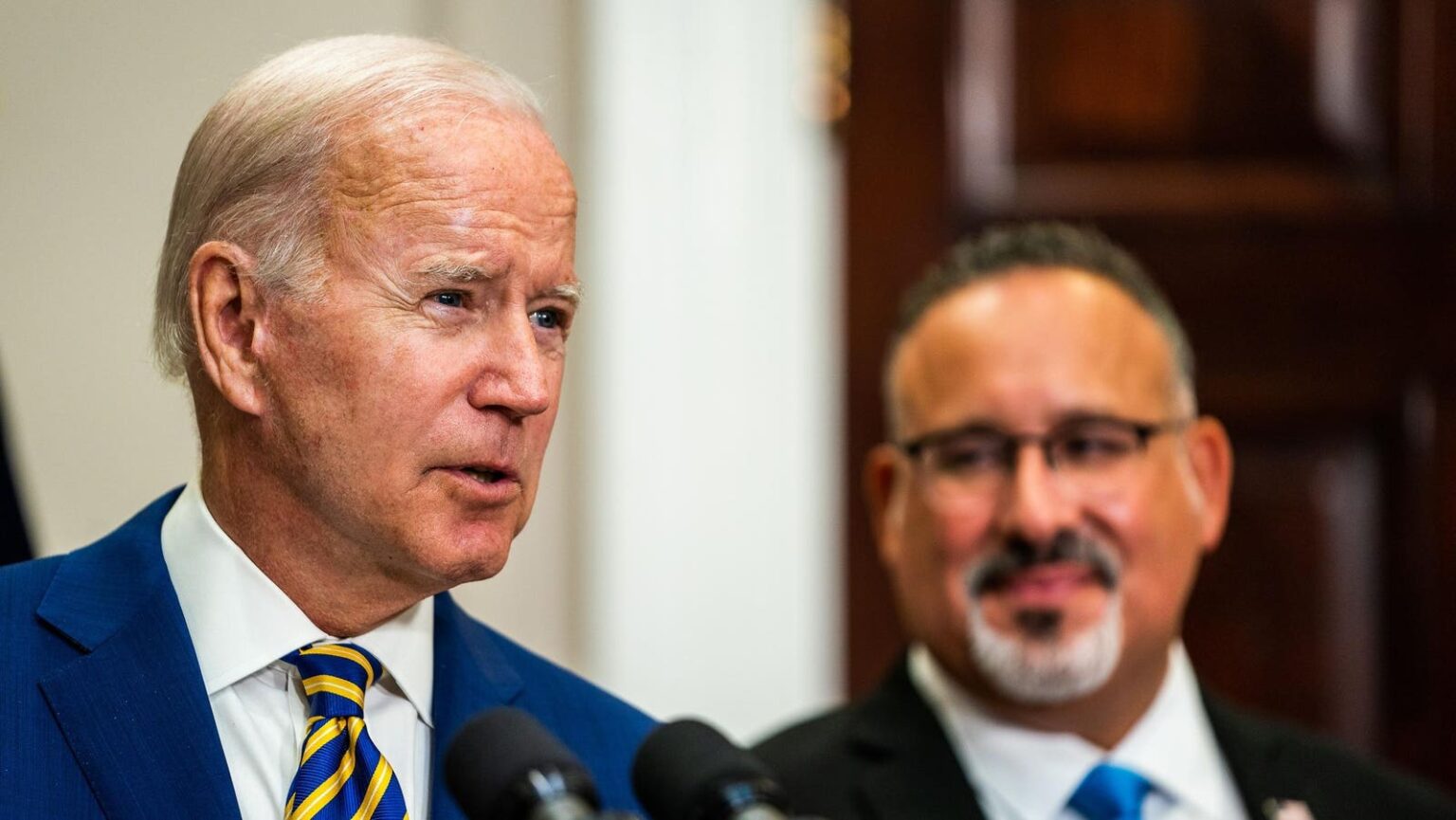In August 2022, President Joe Biden delivered remarks on student loan forgiveness amidst ongoing challenges to his administration’s debt relief initiatives. The court challenges, spearheaded by Republican officials from several states, threaten both the controversial SAVE plan—introduced as a new income-driven repayment (IDR) model to help borrowers—and the broader student loan forgiveness landscape. The SAVE plan, which significantly lowers monthly payments and provides pathways to forgiveness, faced immediate setbacks following a ruling from the 8th Circuit Court of Appeals, which issued an injunction halting the initiative and placing millions of borrowers in a state of limbo. While borrowers who enrolled in the SAVE plan were temporarily relieved from making payments, the forbearance period would not contribute towards forgiveness under existing IDR or Public Service Loan Forgiveness (PSLF) programs.
As the Biden administration responded to the restrictions placed on the SAVE plan, it emphasized the importance of updating operational systems to comply with the court’s order. Although the online IDR application initially became unavailable during these updates, it was later restored, allowing borrowers the opportunity to apply for alternative IDR plans. The only viable alternative for those who had enrolled in SAVE is the Income-Based Repayment (IBR) plan, as more favorable programs have largely been phased out. Borrowers migrating to the IBR plan may find that their monthly payments are considerably higher compared to those under the SAVE plan. Furthermore, the IBR lacks the generous interest waivers that made the SAVE plan appealing. The murky transitional details regarding these necessary shifts have left many unsure of how best to navigate the new landscape of repayment options.
Recertification requirements for IDR plans are another area creating confusion. Borrowers are typically required to update their income periodically to adjust monthly payments accordingly. In light of the pandemic-related forbearance extensions, many borrowers are now entering a period where they will need to recertify their income, yet the Education Department has provided little guidance on the process. The re-opening of the online IDR application facilitates some of these recertifications, but uncertainty persists about how those in the SAVE plan forbearance should proceed. As borrowers seek to understand their status, communication from the Department remains imperative yet unclear, and the absence of official directives complicates their financial planning.
The litigation surrounding the SAVE plan has also influenced Direct Loan consolidation processes, which experienced service interruptions when the online application system was down. Consolidation can provide a necessary route for borrowers, particularly those in default, to regain good standing with their loans. With the reactivation of the online consolidation application, borrowers can now elect an IDR option during consolidation, further aiding those who may be struggling with their loan obligations. However, these financial pathways are contingent upon borrowers opting into specific IDR structures, leaving them to navigate numerous restrictions to secure their financial health.
For borrowers pursuing PSLF, there exists a potential avenue called PSLF Buyback, allowing them to gain credit for forgiveness during the SAVE plan’s forbearance. The program permits borrowers to “buy back” certain periods of deferment or forbearance but comes with strict limitations, requiring borrowers to demonstrate a decade of qualifying service to utilize this option. Crucially, the Education Department has not clarified how PSLF Buyback would calculated in cases related to the SAVE plan forbearance, leaving many borrowers in uncertainty over the potential financial implications. If the buyback is based on different IDR plans rather than SAVE’s more favorable terms, borrowers could face significant costs they had not anticipated.
As legal battles continue, a key hearing regarding the SAVE plan’s status is set for later this month, wherein the outcomes could have sweeping consequences for the broader student loan forgiveness schema. The Biden administration’s argument hinges on longstanding interpretations of the Higher Education Act, designed over three decades ago to enable various IDR plans with provisions for eventual forgiveness. However, the Republican plaintiffs contest this interpretation, asserting that express congressional approval for such debt forgiveness was never granted. Should the court uphold these challenges, the ramifications could extend beyond the SAVE plan to jeopardize other IDR options like ICR, PAYE, and REPAYE, dismantling a safety net for many borrowers seeking debt relief after years of payments and service. The upcoming hearing will not only shape the future of the SAVE plan but also serve as a bellwether for the evolution of student loan forgiveness in the United States.

